Investment Opportunities in Bordeaux
Header image copyright: Domain Clarence Dillon
Investment Opportunities in Bordeaux
Following the recent correction in the wine investment market and a divisive 2022 En Primeur campaign, the secondary market is presenting some very interesting investment opportunities. In this article, our Senior Portfolio Manager, Matt Small, will demonstrate how we use data and statistics to highlight these unique investment opportunities.
When looking for an opportunity, all investment wines follow the same fundamentals:
Price = (Brand x Brand Multiplier) + (Critic Score x Critic Score Multiplier) + (Vintage x Vintage Multiplier) + (Supply x Supply Multiplier)
Now, the above equation may look complex, but simply put, the price of a wine is a function of its brand name, quality, vintage and scarcity. All of these provide weightings to which the value of the wine is derived from. These weighting are fixed regardless of the wine. The multipliers then amplify the weighting dependent on the brand, the critic score used and the vintage. These change depending on the wine being priced.
When trying to highlight the best wines in Bordeaux I focus on only three of the four factors; wine quality, vintage quality and brand. Supply is not as important with young Bordeaux as it is one of the most liquid regions in wine investing. Supply plays more of a part in older vintages of Bordeaux, so for this analysis we will focus on the other three fundamentals.
Firstly, Brand. For this analysis I will focus on the large brands of Bordeaux, mainly the first growths, Premier Grand Crus Classés A of St Émilion and other prominent right bank producers. A full list of producers is provided in the table below.
Next Critic Score. A great way to determine the relative value of a wine (if a wine is over or under valued vs comparables) is to perform a linear regression between price and critic score of the same producer (which keeps brand constant). Simply put, anything above the line of best fit is considered expensive and anything below the line of best fit is considered a good value. To do this we utilise Liv-Ex’s Fair Value Tool shown below and in this example we are looking at Wine Advocates Score of Haut-Brion over the last 10 vintages.

Firstly we can see that the R² value (the goodness of fit) of 0.88 indicates a strong correlation between the critic’s scores and price, which means the model shows strong validity in identifying value.
Next we can see that under this model, vintages 2014, 2015, 2017 and 2018 appear good value while vintages 2019 and 2021 seem expensive. The other vintages near or on the line are fairly priced.
The limitation of the Liv-Ex Fair Value Tool is it does not take into account regional vintage quality and only focuses on the individual wines quality (critic score). As we know from the above equation, vintage quality is a determinant in the long term price of a fine wine.
To further hone our search for value we will then apply regional vintage selection. Looking at the Wine Advocate’s Bordeaux vintage scores, we can identify which vintages are lauded as the top in Bordeaux and pair these vintages with those which have been identified as good value by the Liv-Ex Fair Value Tool.
The highest regarded vintages across Bordeaux as identified by Wine Advocate are 2016, 2018, 2019, 2020 and 2022.
Using this additional regional vintage filtering we can single out the 2018 vintage of Haut Brion to be of excellent relative value from both a critic and vintage stand point.
Using the same technique we analysed the top Bordeaux brands and identified which vintages represented good value at current market prices. Please see the table below:
R2 | Critic | Sample Size | Value Vintages | |
0.73 | Antonio Galloni | 10 | 2019 and 2020 | |
0.84 | Wine Advocate | 10 | 2019 and 2020 | |
0.52 | – | – | – | |
0.88 | Neal Martin | 10 | 2018 | |
Figeac | 0.86 | Neal Martin | 10 | 2016 and 2019 |
Pavie | 0.38 | – | – | – |
0.9 | Wine Advocate | 10 | 2019 | |
Ausone | 0.64 | – | – | – |
0.05 | – | – | – | |
0.76 | Neal Martin | 10 | 2018 and 2019 | |
Le Pin | 0.86 | Antonio Galloni | 8 | 2016 |
LaFleur | 0.94 | Neal Martin | 10 | 2020 and 2022 |
Filtering Methodologies : To ensure the line of best fit is accurate we do not use any critic with an R2 value of < 0.7 (low correlation between price and score) and the sample size must include at least 8 vintages to ensure the validity of the analysis.
Cru Wine’s market analysis showcases the value and opportunity of diversifying your investment portfolio with fine wine. Speak to one of our wine investment experts and get started today.





